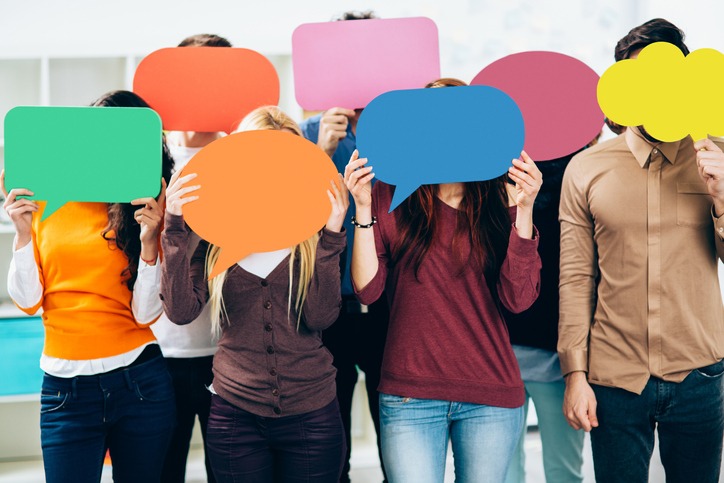Tips for avoiding ableist, exclusive language
Some common terms can cause needless confusion or even hurt. Here’s how to make your messages more empathetic and welcoming.

What does “inclusive” language really mean?
Nikki Hopewell, senior communications strategist with Rush University System for Health, offers helpful rules for comms pros eager to include diverse audiences. (You can watch her full presentation on Ragan Training).
Hopewell defines inclusive messaging as language that “is accurate, respectful and relevant to everyone.” Rather than getting bogged down in cultural debates about political correctness, Hopewell points to the utility of inclusion.
Language that applies to a wider audience will bring more people into your orbit—and persuade more consumers/stakeholders/people to follow your lead.
Inclusive language is a particularly potent tool in organizations looking to make the jump from diversity to inclusion with their DE&I initiatives.
Become a Ragan Insider member to read this article and all other archived content.
Sign up today
Already a member? Log in here.
Learn more about Ragan Insider.



